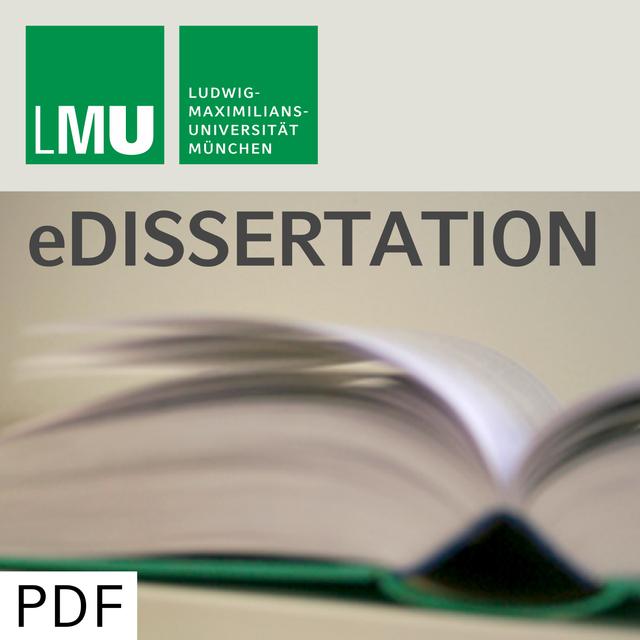
Vergleichende Etablierung und Charakterisierung eines orthotopen Kolonkarzinom-Xenograft-Modells
Feb 07, 20030
Episode description
The human colon cancer cellline HT29 was investigated in various models regarding different criteria.
The in-vivo-experiments were carried out with female SCID mice and consisted of subcutaneous cell injection, orthotopic cell injection into the cecal wall and orthotopic fixation of a tumor fragment onto the cecum. The subcutaneous experiment took 41 days; the orthotopic animal experiments were equally divided into three points of necropsy each two weeks apart. On these days tumor, liver and lung were withdrawn, fixed in 3,8% formaldehyde and analyzed histologically.
In addition blood samples of all animals of the orthotopic experiments were taken on days of autopsy and the CEA (carcinoembryonic antigen) content was determined using an ELISA. The vascularization of the orthotopic primary tumors was examined by staining of CD34, i.e. number and area of the tagged vessels were ascertained.
Additionally the green fluorescent protein (GFP) was studied in view of its suitability as quantifiable reporter gene in these models. Therefore not only HT29-wildtype but also HT29 cells transfected with GFP were used in vitro and in the first two in vivo assays.
Advantages and disadvantages summarized:
- The subcutaneous model was realized easily, measurement of the primary tumor was simple, the tumor take rate was 100 % and the laboratory animals appeared to suffer only from a relative slight amount of stress. Besides these advantages this setting cannot be used for investigations regarding metastasis because of the low number of metastases.
- The orthotopic cell injection generated small, hardly measurable primary tumors, but this approach is a suitable model of metastasis because of the number of metastases detected. The technical effort and the burden for the animals exceeded that found in the subcutaneous setting but was below the effort of orthotopic fixation of a tumor fragment.
- Of all investigated models the orthotopic fixation of a tumor fragment represents the model with the greatest effort. The primary tumors were big enough to be measured, but the number of metastases was too low to make statistical valuable evaluations.
- The CD34 staining successfully marked the vessels of the primary tumor and facilitated a computer-assisted quantitative analysis of the vascularization of orthotopic colon tumors. It was assessed that a broad neoangiogenesis occurred at the beginning of tumor growth prior to the development of metastases. The number of metastases increased with proceeding length of time, whereas the number of vessels decreased. The continuous extension in tumor volume resulted in a necrotic tumor center so that vessels were detectable in the border area only.
- The used HT29-GFP clone was not stable enough to generate sufficient fluorescence. The cells both in vitro an in vivo grew more slowly, the subcutaneous tumors showed necrotic areas and there were less metastases after orthotopic injection of GFP cells than after injection of wildtype cells. Because of the insufficient fluorescence it was not possible to execute a quantifiable analysis of metastasis. The application of GFP was not advantageous within these models.
- CEA suits to be a valuable tumor marker for colon cancer in both investigated models. The CEA content in the blood samples of tumor bearing animals increased dependent on tumor burden and tumor invasiveness. A direct correlation between tumor size and CEA might be established with an improved measurement system or rather an advanced measuring of tumor volume.
Due to the comparative characterization of injection and implantation techniques as well as other detailed examinations carried out for this thesis, it is possible to select suitable models for preclinical trials depending on the individual purpose.
For the best experience, listen in Metacast app for iOS or Android
Open in Metacast